China Cold Heading Wire Market Research Report
I. Overall Market Landscape
China is the world’s largest producer and consumer of cold heading wire, with an output of approximately 25 million tons in 2023—accounting for over 55% of global production. As a critical foundational material, cold heading wire is widely used in the automotive, machinery, and new energy sectors, and its market development is strongly driven by policy initiatives.
Key Characteristics:
- Structural Imbalance: There is an overcapacity of low-end carbon steel wire (over 70% share), while high-end specialty steel wire relies heavily on imports (e.g., localization rate of aerospace-grade materials is below 30%).
- Regional Clustering: Three major industrial belts have formed to support regional manufacturing demands—Yangtze River Delta (Baosteel, Shagang), Pearl River Delta (Hualing Steel), and Beijing-Tianjin-Hebei (Shougang).
- Policy Guidance: Government documents such as the MIIT Demonstration Directory for First Applications of Key New Materials explicitly support the R&D of high-strength and corrosion-resistant cold heading steels.
Market Scale (2023):
- Carbon Steel Cold Heading Wire: 18 million tons, average price RMB 4,500/ton
- Stainless Steel Cold Heading Wire: 3.3 million tons, average price RMB 18,000/ton
- Specialty Steel Cold Heading Wire: 1.5 million tons, average price RMB 25,000/ton (import prices exceed RMB 50,000/ton)

- II. Subsector Analysis
1. Carbon Steel Cold Heading Wire
Leading Companies:
- Baoshan Iron & Steel Co.: Dominates domestic automotive fastener substrates (e.g., SWRCH22A), with an annual capacity of 5 million tons.
- Shagang Group: A cost-leader in construction-grade wire, with a 22% market share.
- Ansteel: Developed high-carbon steel wire (ML40Cr) for high-speed rail fasteners.
Market Features:
- Severe homogenized competition; low-end product gross margin is below 8%.
- Downstream demand is shifting towards lightweight structural parts in new energy vehicles (e.g., battery housing bolts).
Development Trends:
- Promote annealing-free wire (e.g., Baosteel’s BHS series) to reduce downstream processing energy consumption.
- Phase out inefficient small rolling mills (e.g., low-efficiency production lines in Hebei).
2. Stainless Steel Cold Heading Wire
Leading Companies:
- Tsingshan Holding Group: Global stainless steel leader, developed martensitic wire for cookware (SUS410).
- Yongxing Materials: Achieved breakthrough in ultra-fine 316L wire for nuclear power (diameter 0.1mm).
- Taiyuan Iron & Steel (TISCO): Supplies BN-series wire for automotive exhaust systems (resistant up to 900°C).
Market Features:
- High-end demand growing at 12% annually (e.g., battery connectors in new energy vehicles).
- Japanese firms (e.g., Kobe Steel) dominate ultra-corrosion-resistant materials (e.g., SUS630).
Development Trends:
- Import Substitution: Develop low-cost surface passivation processes (e.g., Zhejiang Mingtai & Shanghai Jiao Tong University collaboration).
- Adapt to Miniaturization Needs: Products with thickness ≤0.5mm are in increasing demand.
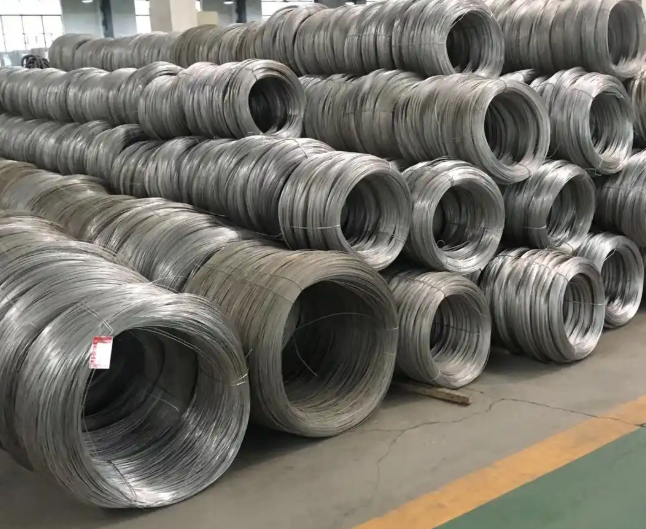
- 3. Specialty Steel Cold Heading Wire
Leading Companies:
- CITIC Pacific Special Steel: Major supplier of aerospace-grade chromium-molybdenum steel (SCM435).
- Dongbei Special Steel: China’s only mass producer of high-temperature alloy wire (GH4169).
- Tiangong International: Broke the monopoly in powder metallurgy high-speed steel wire (M35).
Market Features:
- High technical requirements (must meet standards like AMS); import dependency over 50%.
- High gross margins (25%-30%), mainly applied in military and robotics sectors.
Development Trends:
- Collaborate with downstream firms to verify domestic materials (e.g., AVIC testing bolts for the C919 aircraft).
- Develop AI-assisted alloy design systems (e.g., CITIC Pacific’s “Materials Cloud Platform”).
III. Key Challenges and Future Trends
1. Core Issues
- Technical Bottlenecks: Domestic bearing steel cleanliness (oxygen content ≤8 ppm) lags behind Japan (≤5 ppm).
- Certification Barriers: NADCAP certification coverage for aerospace is below 5%; EU CE certification takes up to 12 months.
- Cost Disadvantage: High-end equipment still relies on imports; production line investment payback exceeds 8 years.
2. Development Trends
- Lightweight & Functional Materials: Rising demand for copper-clad steel and aluminum-magnesium alloy wires (15% CAGR).
- Smart Upgrades: 5G + machine vision is optimizing rolling precision (Shougang’s pilot line reduced tolerance from ±0.1mm to ±0.05mm).
- Green Transition: Short-process steelmaking share to increase to 30% by 2025.
IV. Role of Trade Shows
The Fastener Expo Shanghai (hosted by luosi.com) is one of the largest trade exhibitions in China and serves as a technology exchange platform for upstream and downstream players in the cold heading wire industry. The expo covers raw materials, equipment, finished fasteners, and testing technologies. As the fastener industry is the largest consumer of cold heading wire, the annual June event at the National Exhibition and Convention Center in Shanghai plays a vital role as a business matchmaking platform for the wire industry and its clients.
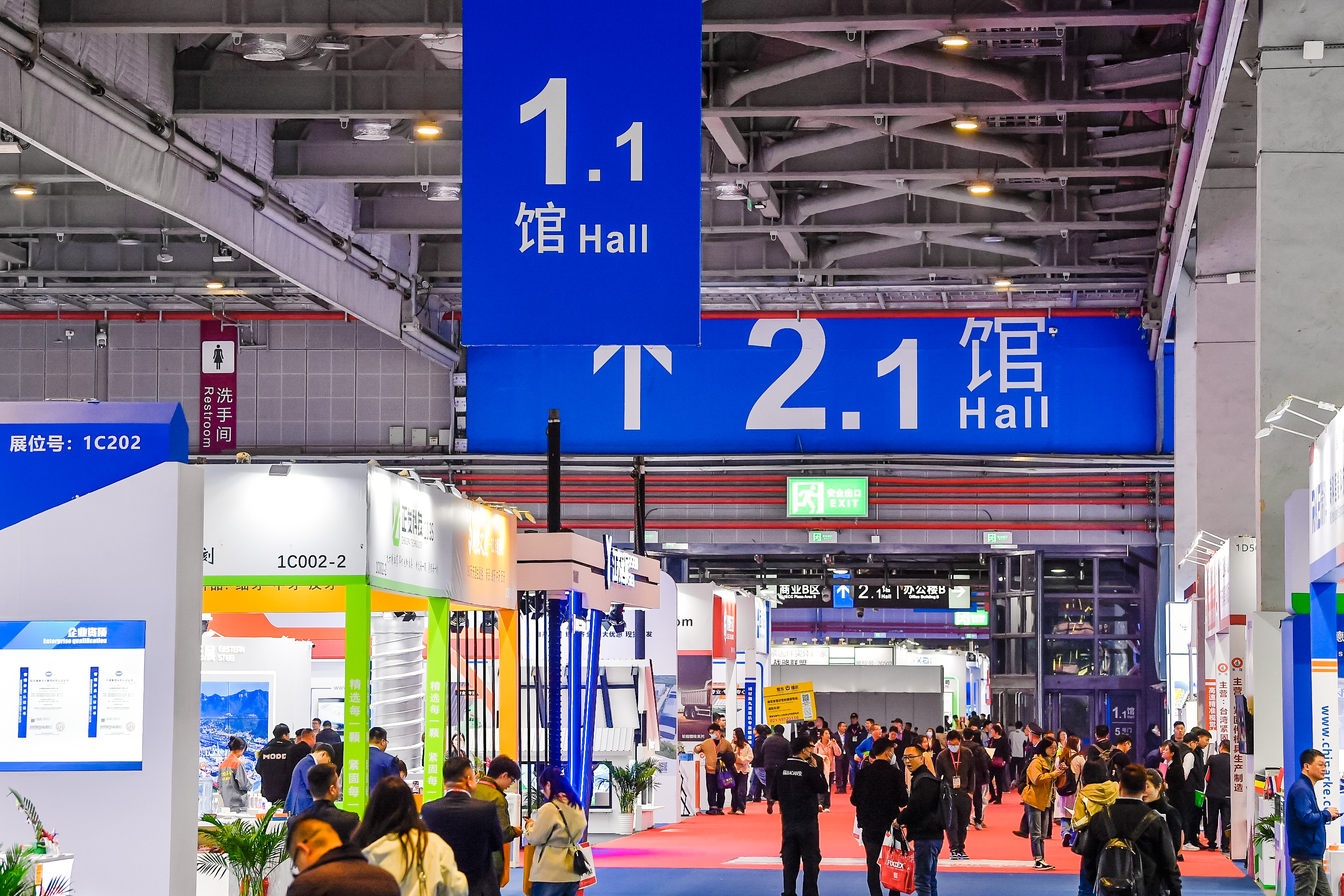
V. Conclusion and Recommendations
Short-term Strategy: Focus on import substitution in mid-to-high-end segments for automotive and new energy applications (e.g., 1,500 MPa-grade materials).
Long-term Goal: Establish independent standards system (e.g., lead the drafting of national standards for EV fastener materials).
Cross-sector Collaboration: Set up joint testing laboratories with universities (e.g., University of Science and Technology Beijing).
Capital Strategy: Acquire overseas patents through mergers and acquisitions (e.g., small-to-medium specialty steel mills in Europe).
Report Disclaimer
Data in this report is sourced from public channels such as the China Iron and Steel Association and annual reports of listed companies. It does not include undisclosed cooperation details or forward-looking projections.

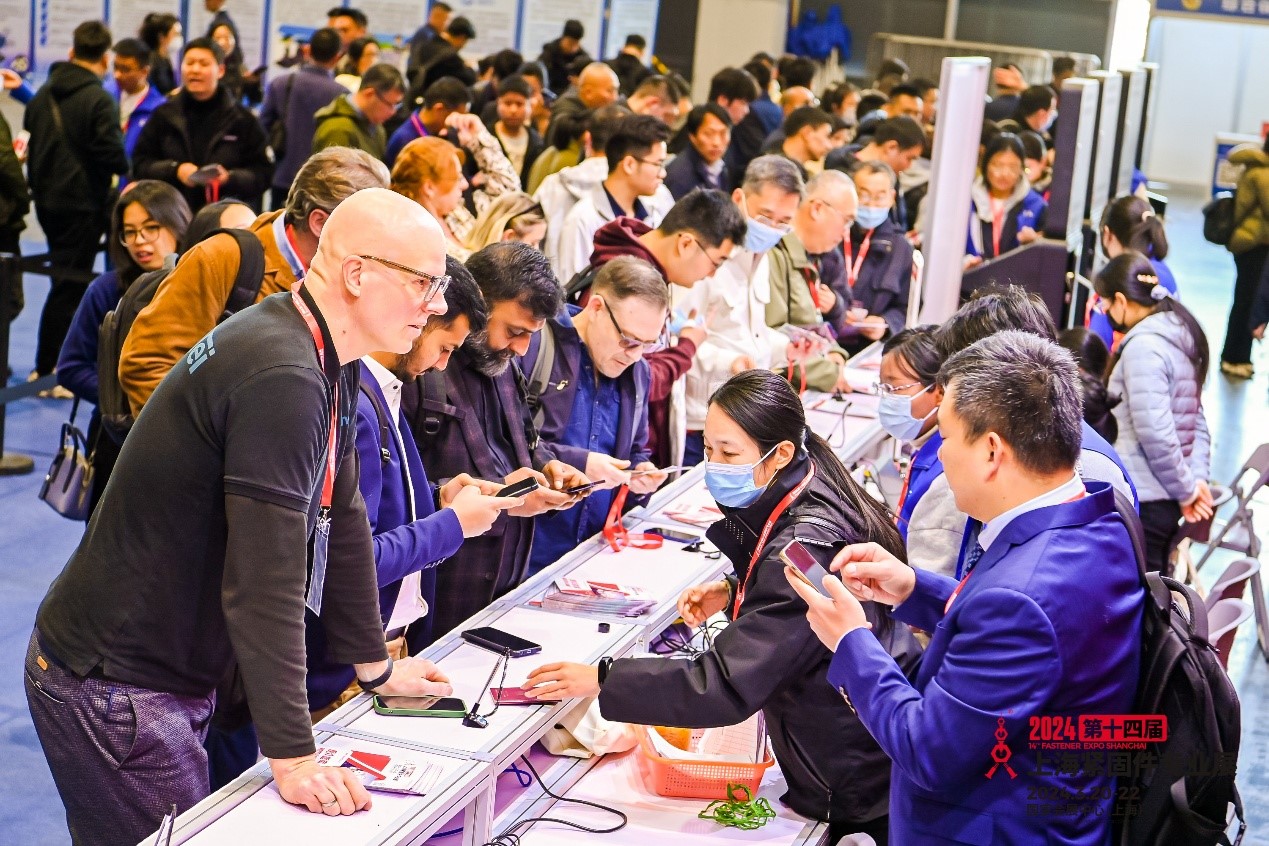
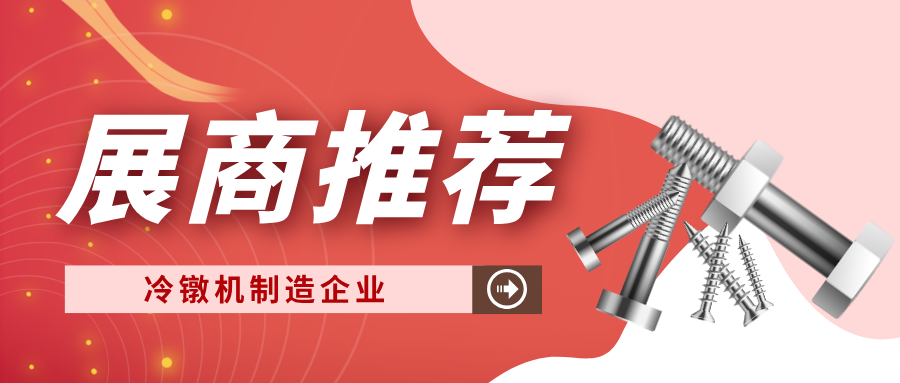
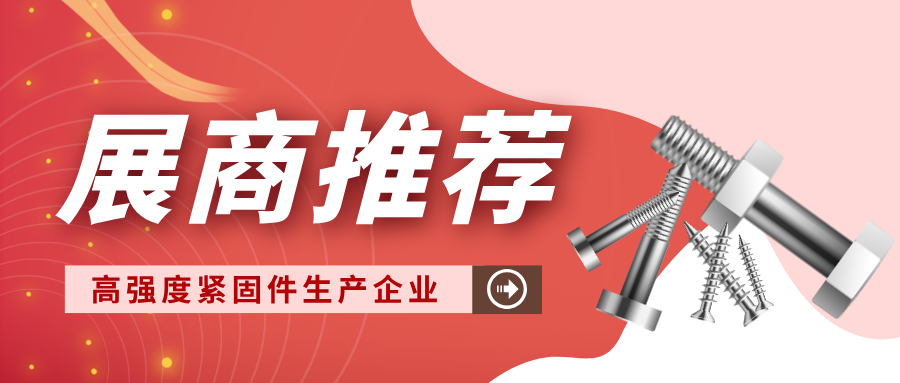
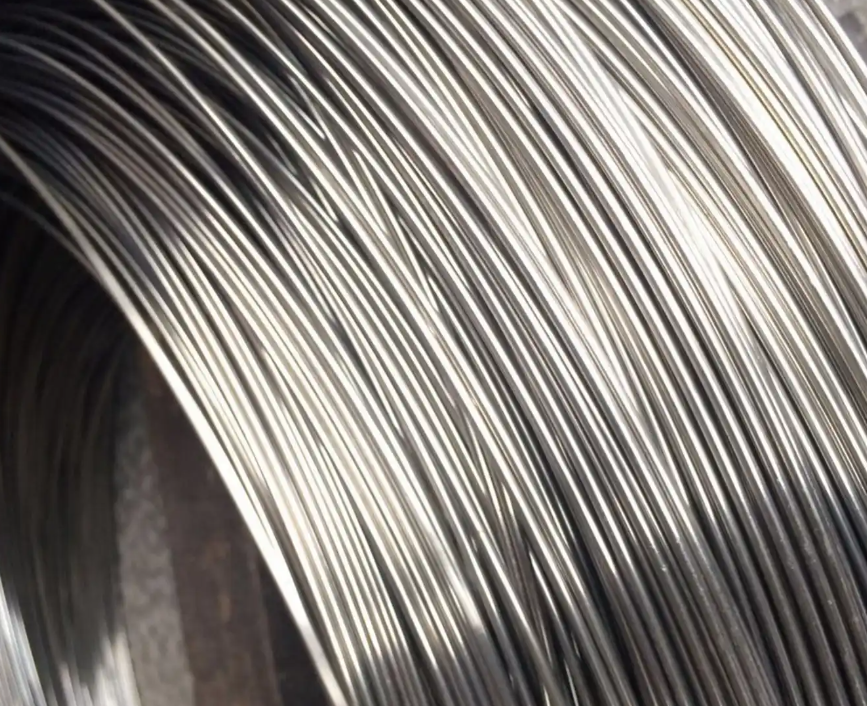
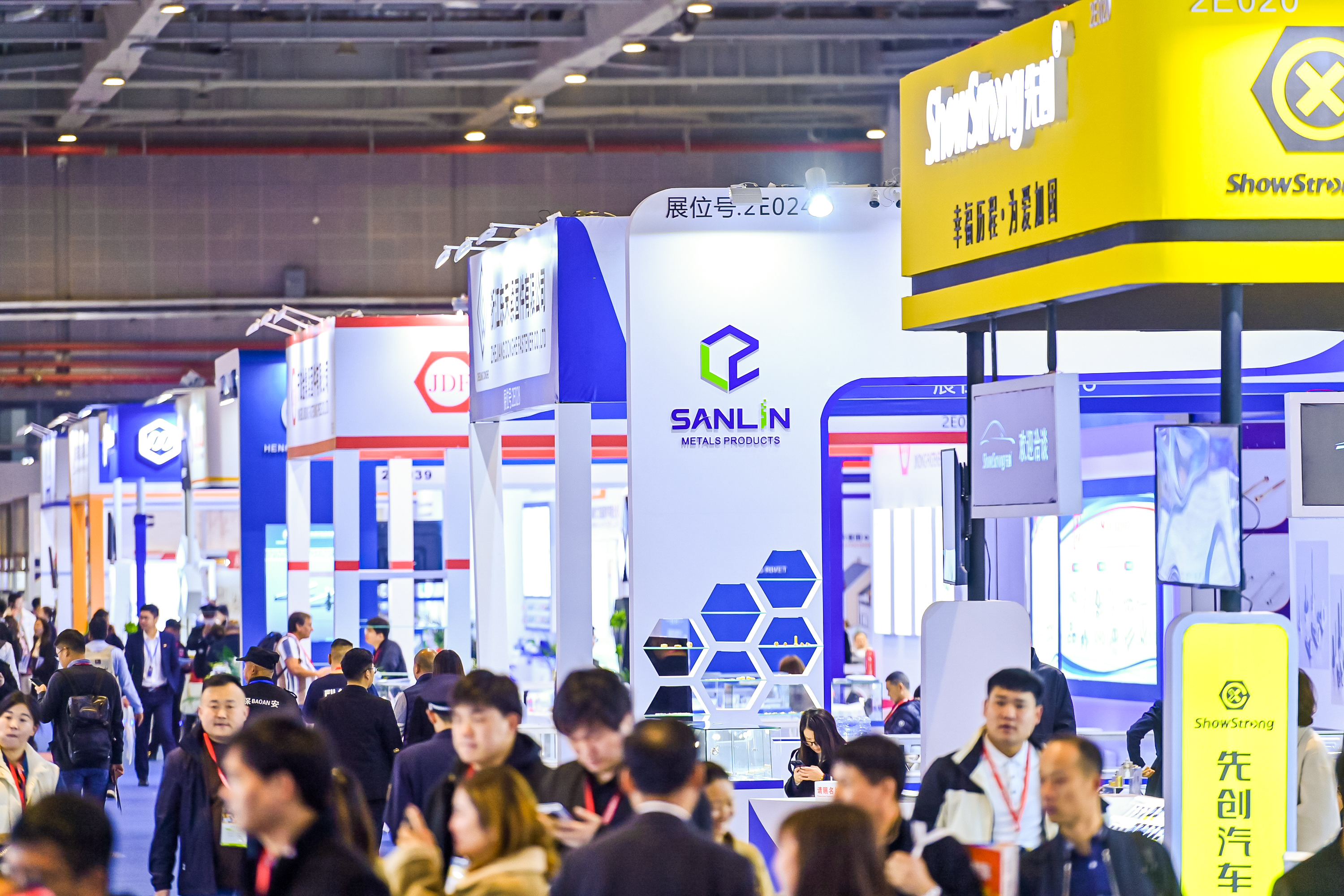




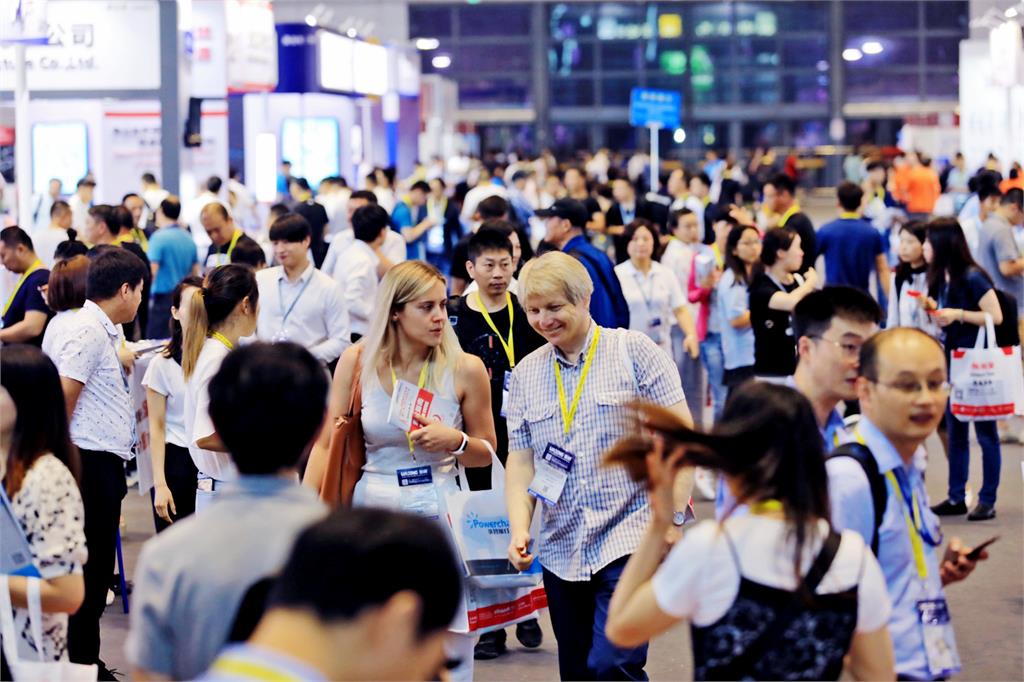


Please first Loginlater ~